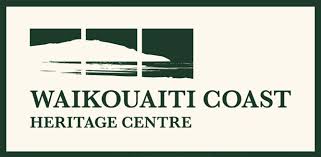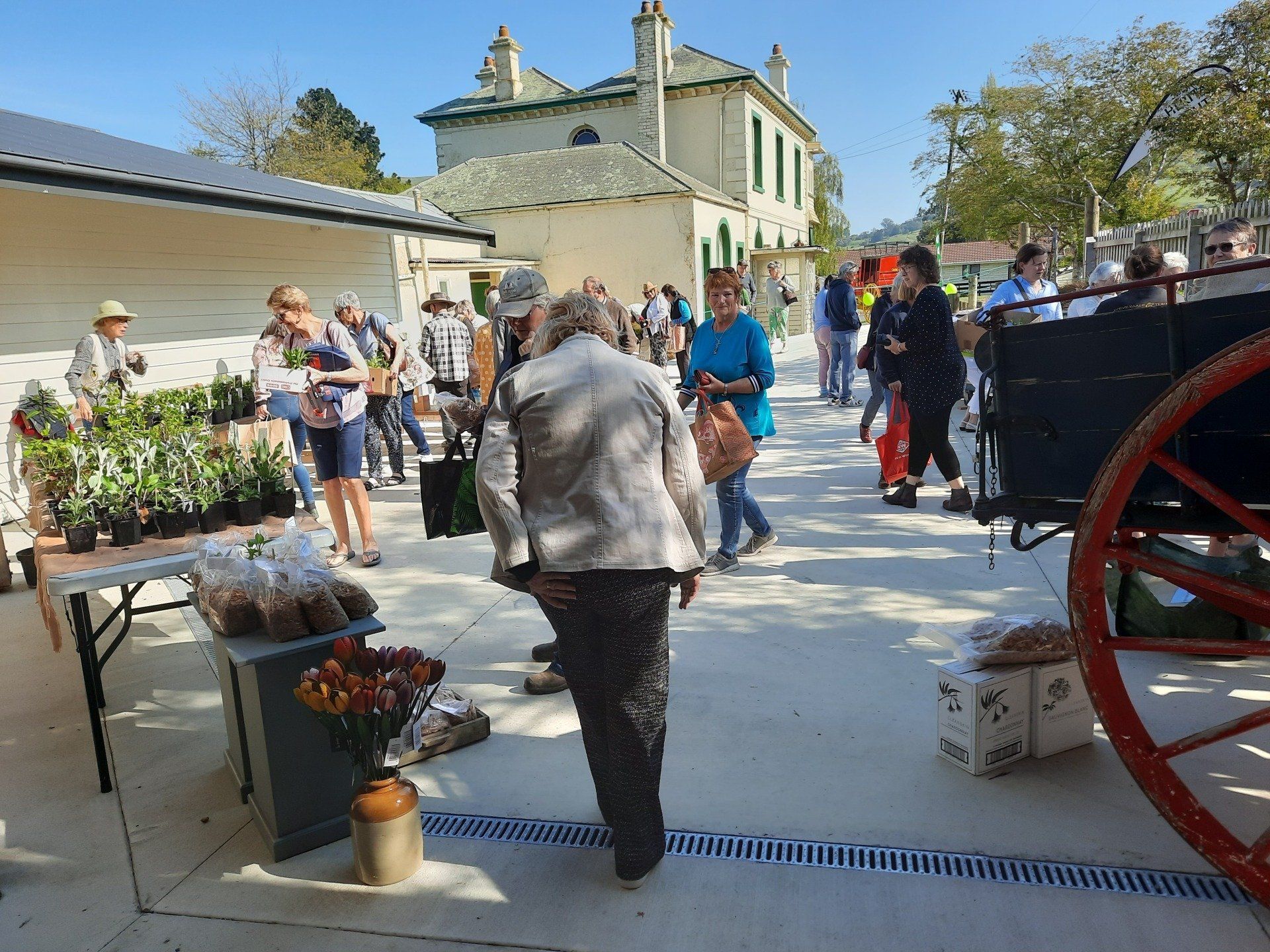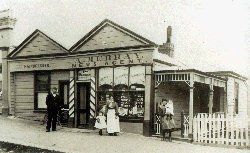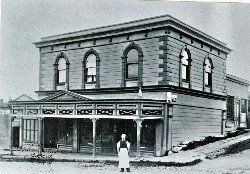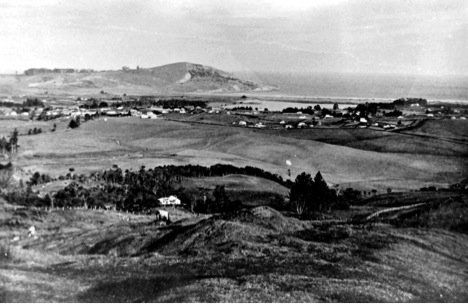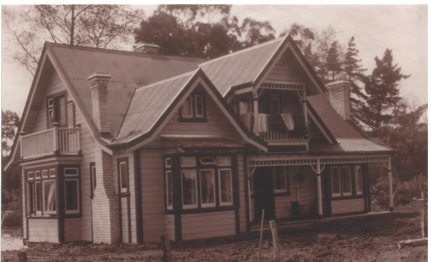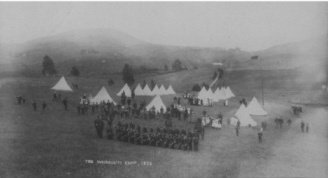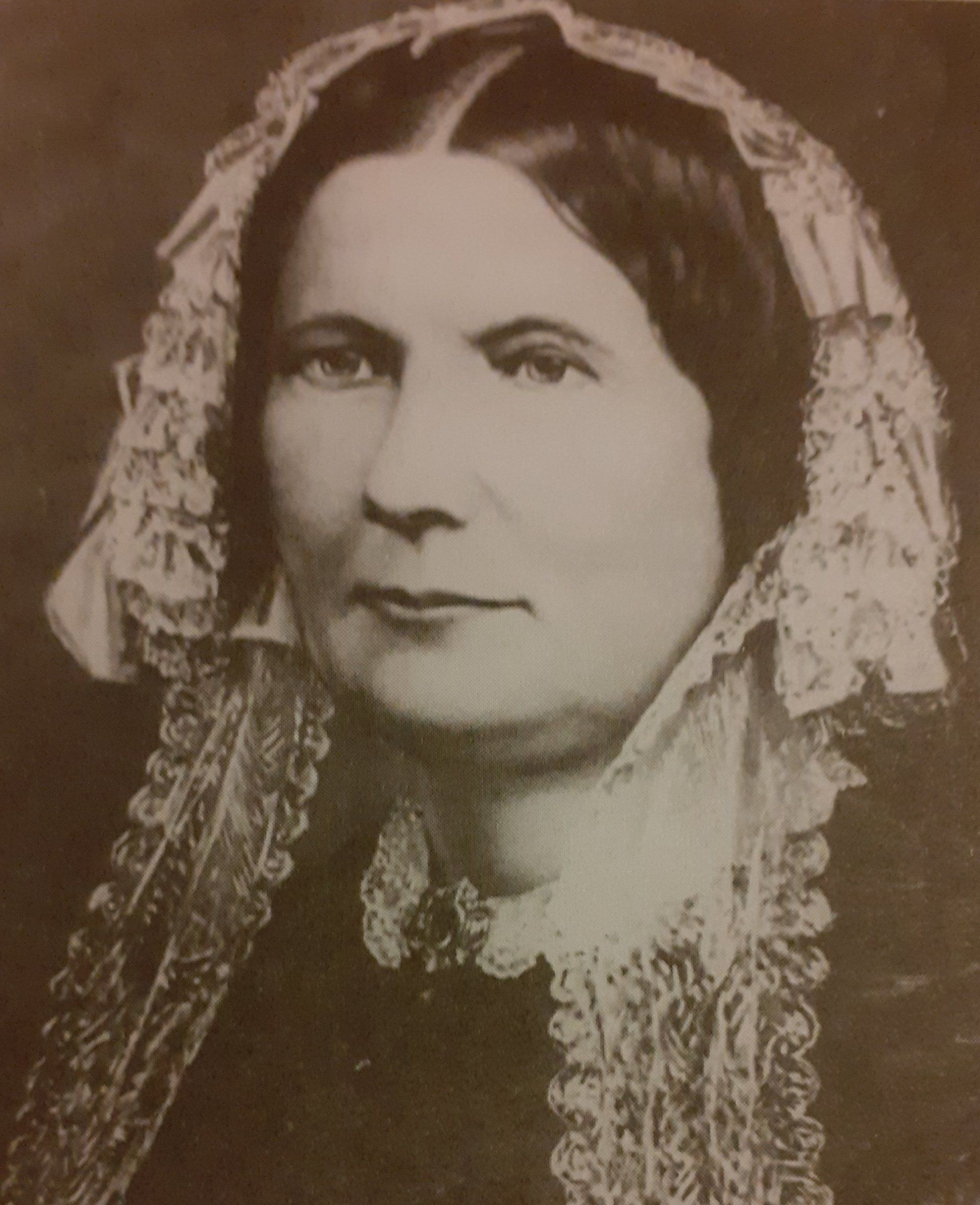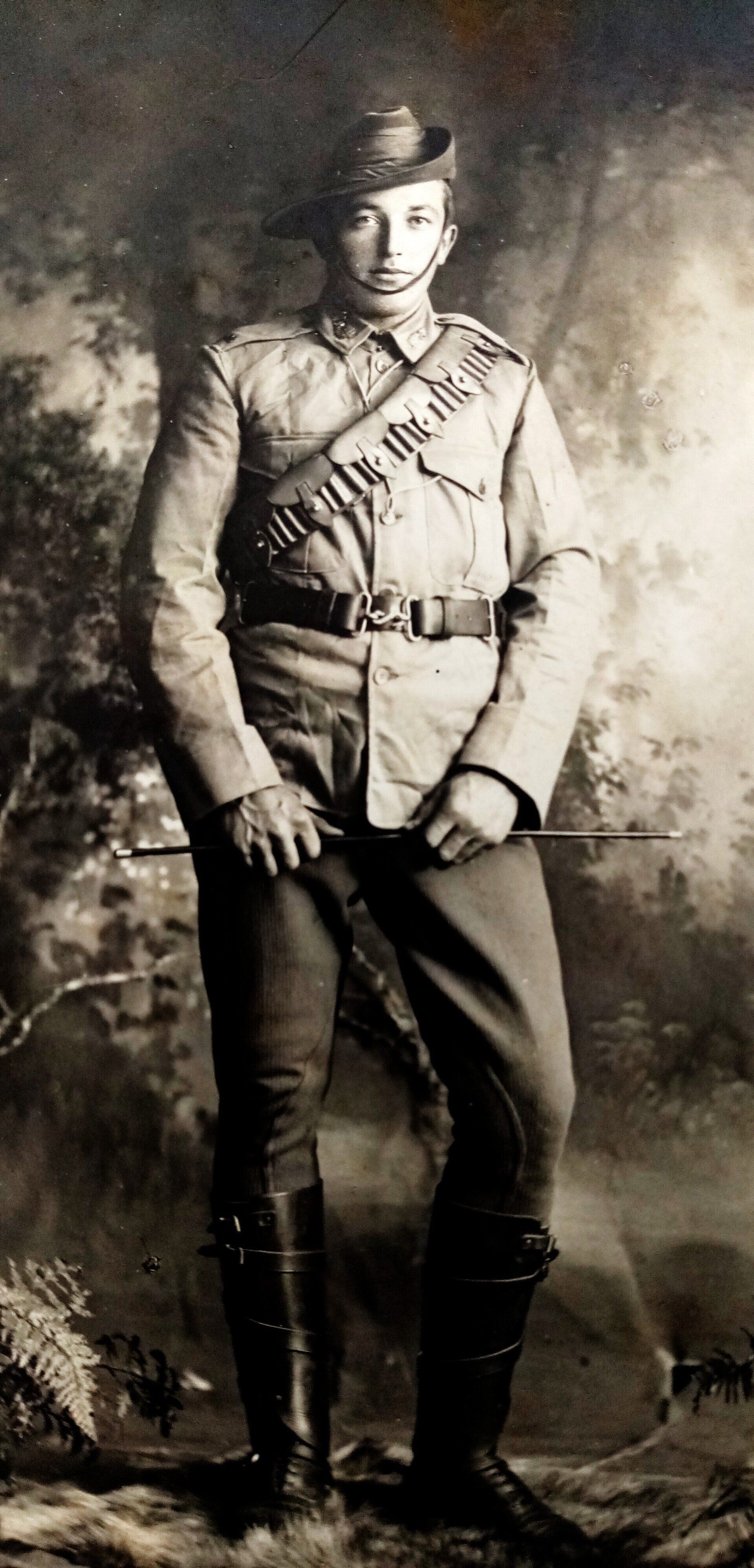Geelong – An Early Paddle-steamer
Insights into the origins of Waikouaiti's street names

Many of Waikouaiti's streets are named after ships owned by John Jones (1808-69). He was the primary land holder, employer and merchant in the settlement.
Thomas Street and the next street over, Henry Street, commemorate the vessel Thomas Henry. Then there is the Scotia Street and Geelong Street among others. Depicted in the painting above by Captain Thomas Robertson (1863) are passengers being rowed ashore from the paddle - steamer Geelong at the mouth of the Waikouaiti River, with Waikouaiti township in the background (at the time called Hawkesbury).
The paddle – steamer Geelong was built in 1854 on the Clyde River, Scotland, to become the fastest vessel on the Melbourne - Geelong route during the Victorian gold rush. Jones, along with Cargill & Co. purchased her in January 1859 and she initially undertook the Otago-Southland east coast mail delivery. Based at Port Chalmers, she settled into the Dunedin to Oamaru run, calling at Waikouaiti on almost every run. During the gold rushes of 1861-1863 she dropped off thousands of diggers in Waikouaiti Bay. With engines and sails, the Geelong was nifty and reliable - ideal for Otago's coastal waters. She seldom got into difficulty.
She was sold to a new owner in the far north of the North Island in 1875 and in 1879, was wrecked at the entrance to Whangape Harbour which is on the West coast of Northland (ref Roadway to the Rushes by Eileen Foote).
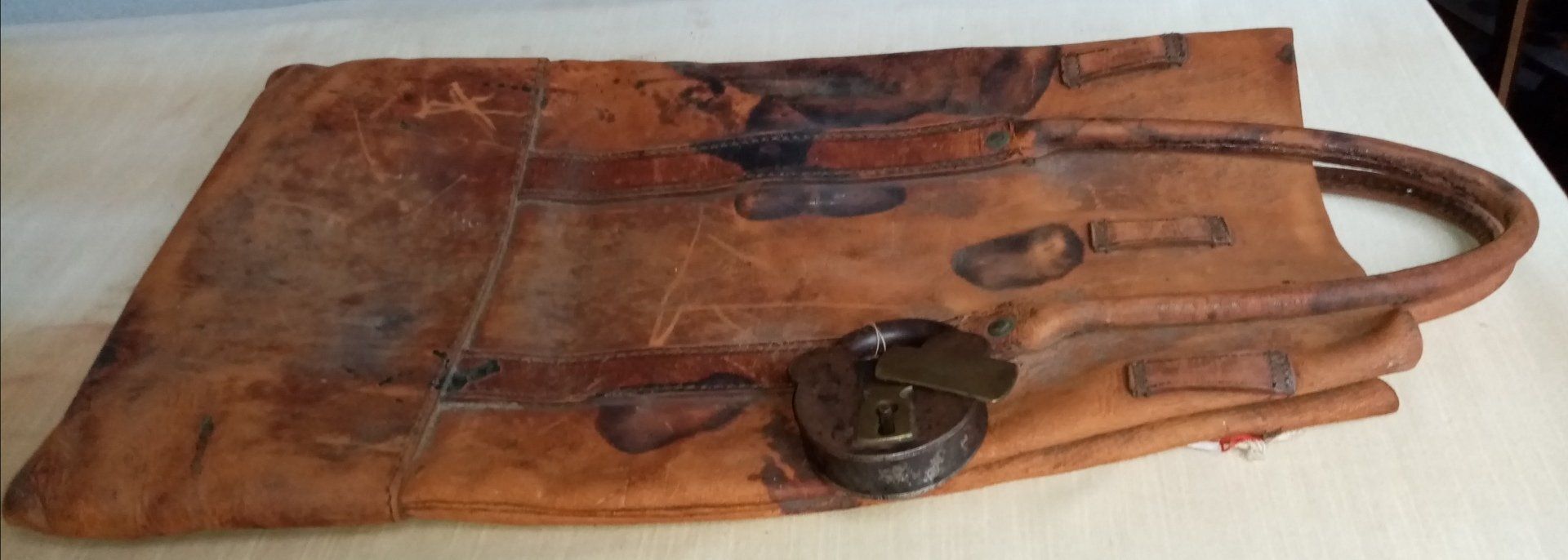
Visitor Survey
Please take a moment to complete a short survey on the museum.
